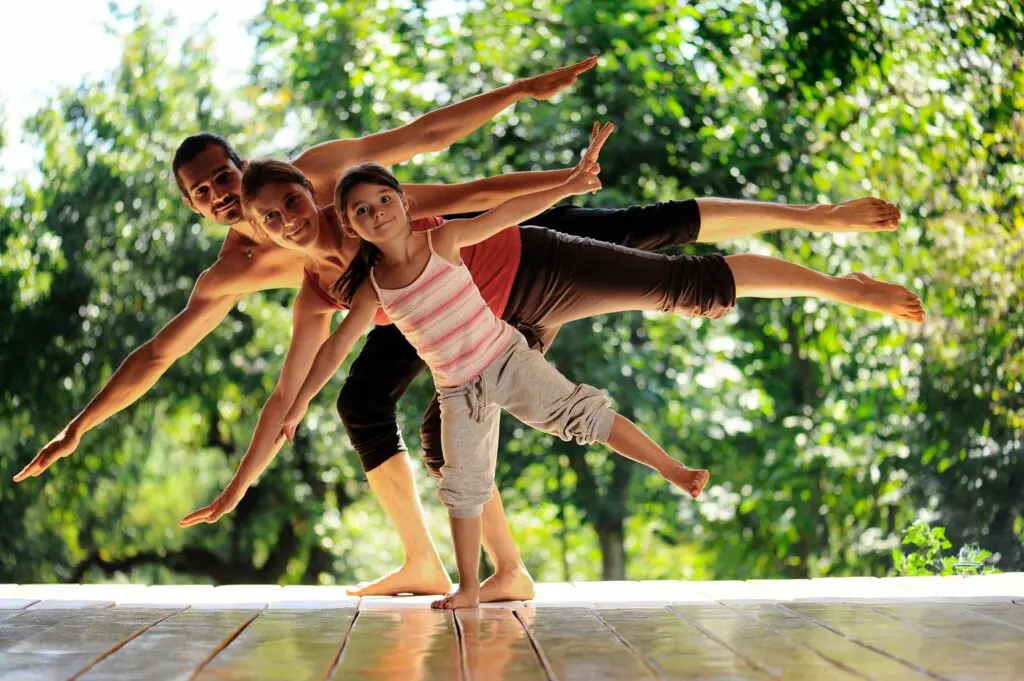Yoga vs. Pilates: Which is Right for You? (Part 1 of 2)

Part 1 of 2
Yoga vs. Pilates: Which is Right for You? When it comes to improving your physical health and mental well-being, both yoga and Pilates offer unique benefits. But which one is right for you? Both yoga and Pilates are incredibly beneficial practices that can enhance your overall health and well-being. While yoga offers a broader spiritual and mental component, Pilates is ideal for strengthening and toning your body, especially the core. In fact, many people enjoy incorporating both into their fitness routines to experience the combined benefits of improved flexibility, strength, and mindfulness.
While they share some similarities, they also have distinct differences in their approach to fitness and overall wellness. In this 2-part blog, we’ll explore both practices, their origins, and what they can do for your body and mind to help you decide which one might be the best fit for your lifestyle.
In this post, we will start with exploring YOGA! Jump to PILATES here!
The Basics: Yoga
Yoga is an ancient practice that originated in India over 5,000 years ago. It combines physical postures, breathing exercises, meditation, and philosophical teachings to promote a sense of well-being. There are many different styles of yoga, from the slow and restorative Hatha to the more dynamic and vigorous Vinyasa and Ashtanga. Regardless of the style, yoga aims to create a harmonious balance between body and mind.
Key Benefits of Yoga:
- Improved Flexibility: Regular practice can significantly enhance flexibility, as many yoga poses (or asanas) stretch and lengthen muscles.
- Stress Reduction: Yoga’s emphasis on deep breathing and meditation can help lower stress levels, improve focus, and promote relaxation.
- Better Posture: Yoga encourages body awareness and alignment, which can lead to improved posture over time.
- Mind-Body Connection: The focus on mindfulness in yoga helps practitioners stay present in the moment, fostering a deeper connection to both body and mind.
- Enhanced Strength and Balance: Holding various poses builds strength, particularly in the core, legs, and upper body. Many poses also improve balance and coordination.
Focus and Philosophy:
Yoga incorporates a spiritual and mental dimension, combining physical poses with mindfulness, breathing, and meditation techniques. It’s often more than just a physical workout, encompassing personal growth and inner peace.
Movement Style:
Yoga poses are often static, meaning you hold each pose for a period of time, which can help improve flexibility, strength, and balance.
Equipment:
Yoga typically requires minimal equipment: just a mat, and sometimes props like blocks, straps, or bolsters.
Breathing:
In yoga, breathing is closely linked to movement, with specific breathing techniques like Ujjayi breath (victorious breath) or Pranayama (breath control) to guide the practice.
Yoga vs. Pilates: Which is Right for You? Choose Yoga if:
You’re looking for a holistic approach that includes physical, mental, and spiritual well-being.
You want to improve flexibility, relaxation, and stress reduction.
You enjoy a more meditative, mindful practice that incorporates breathing techniques.

